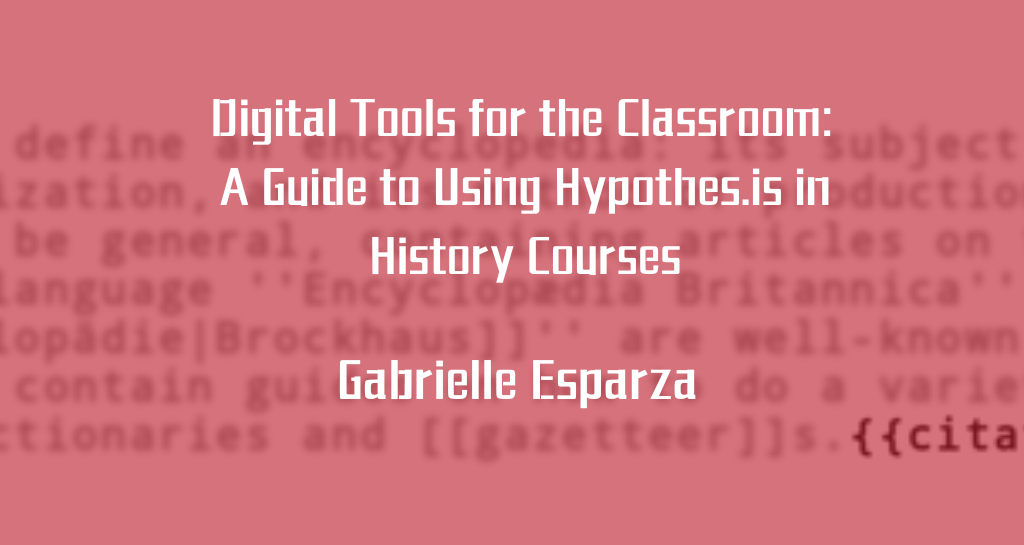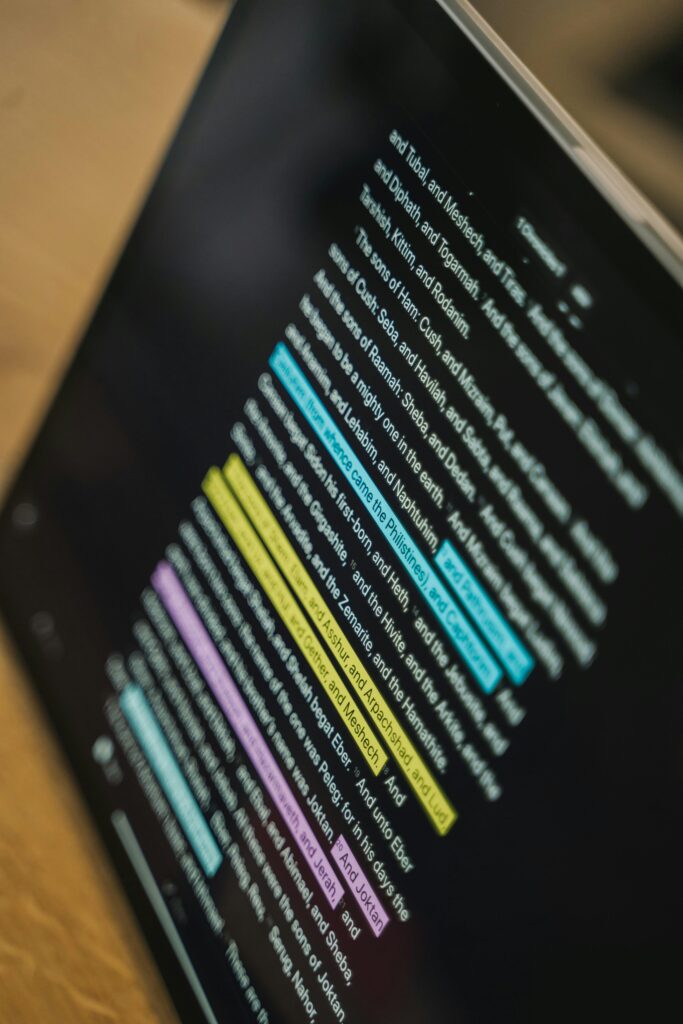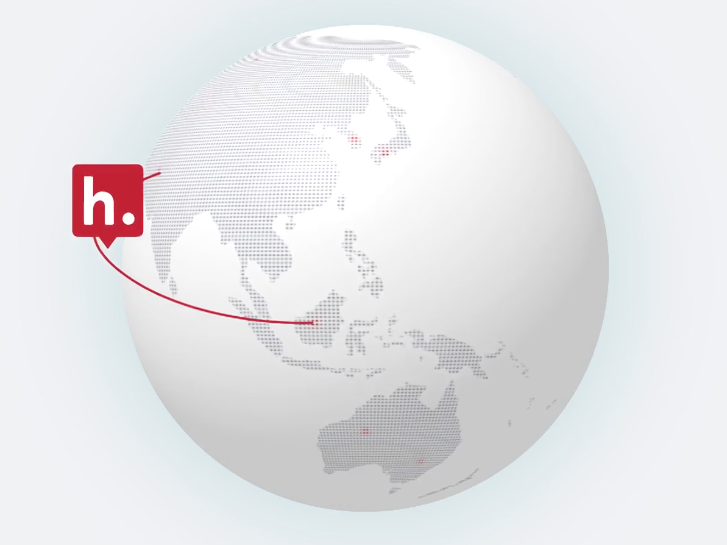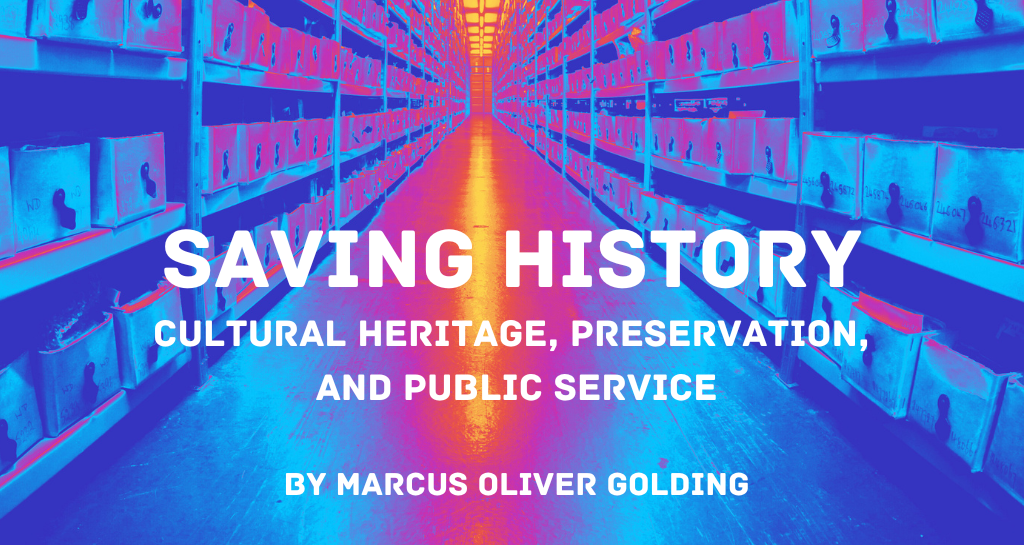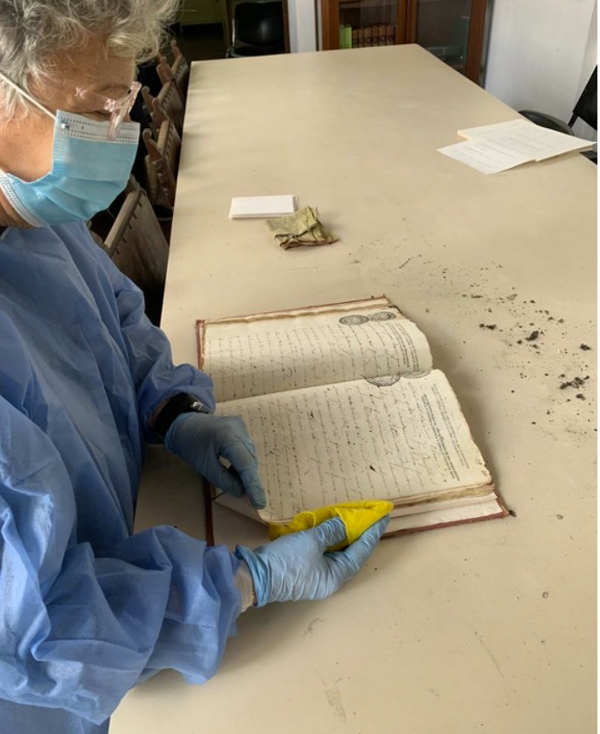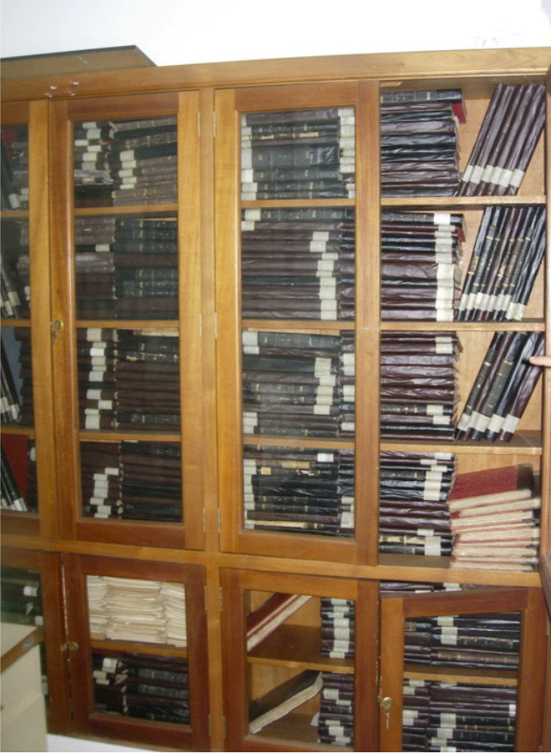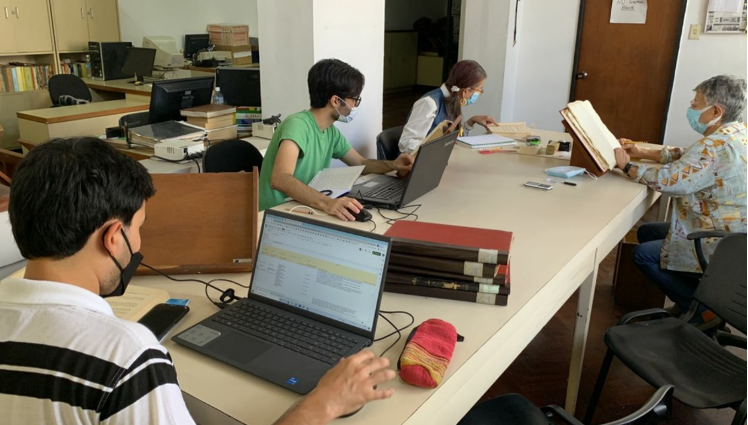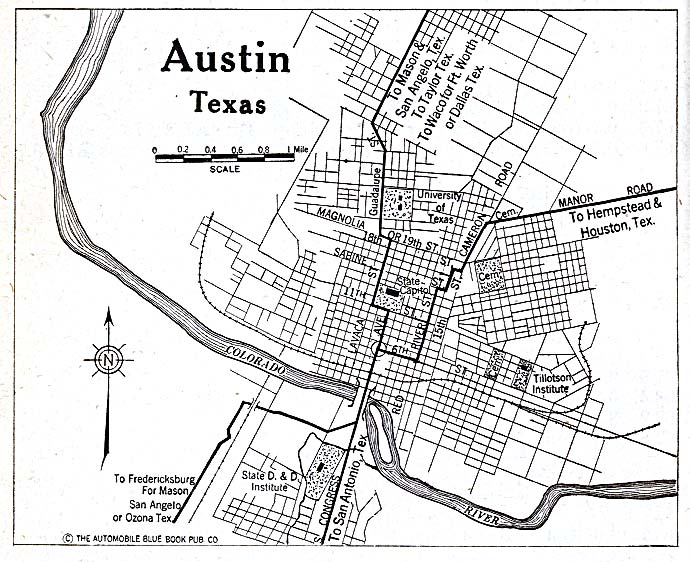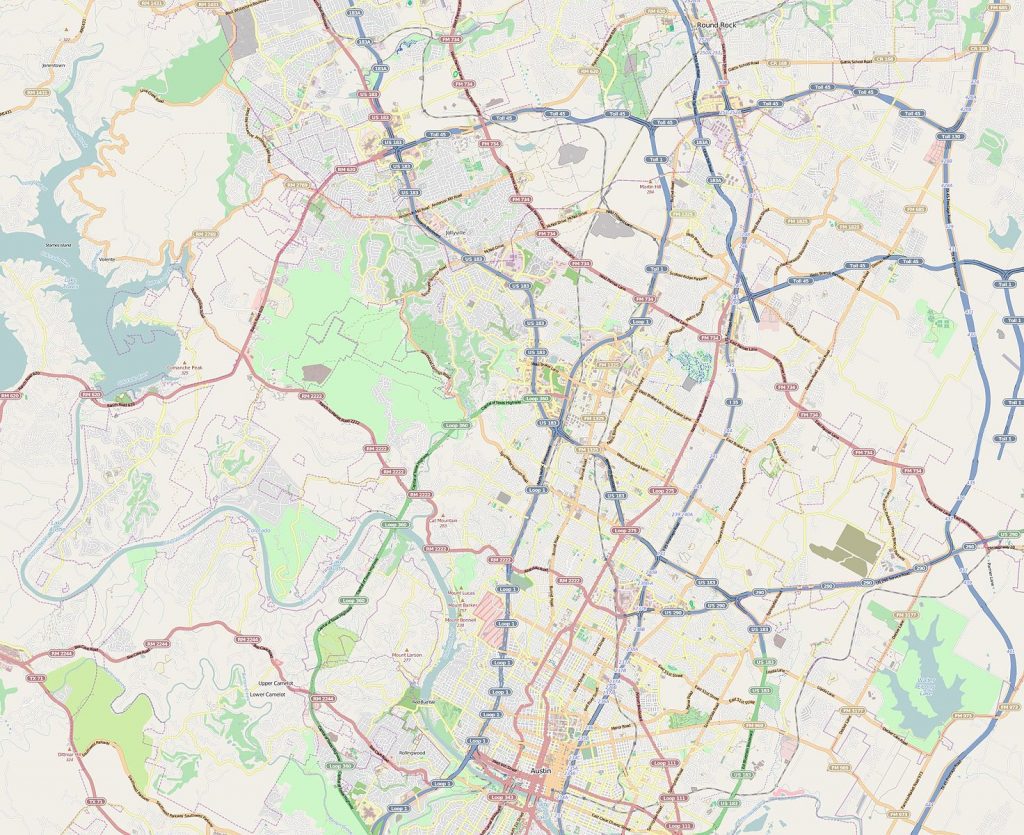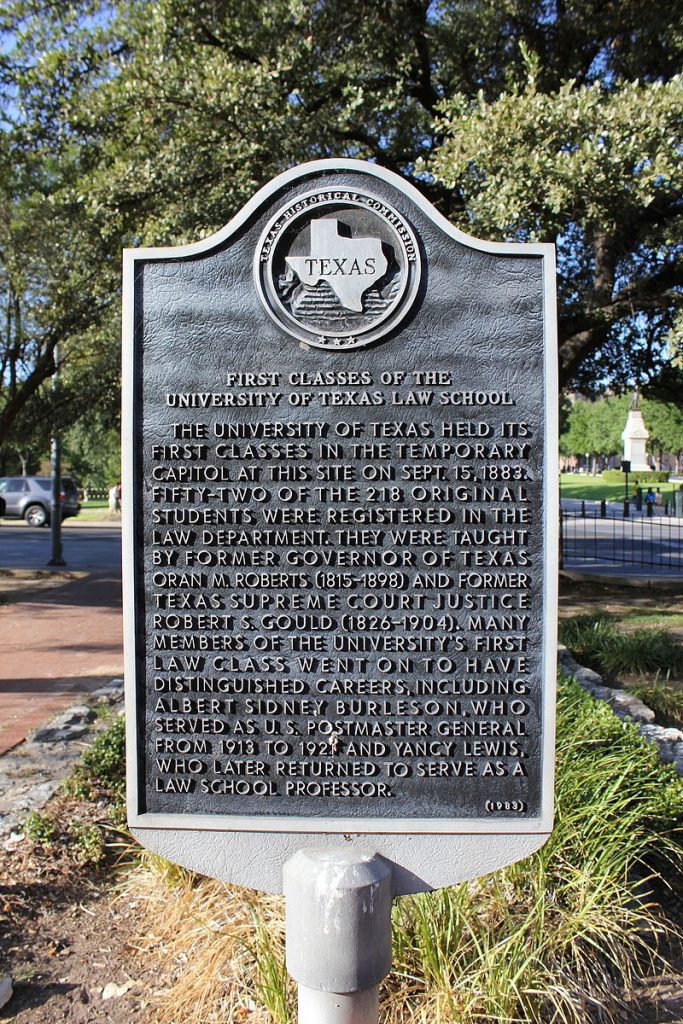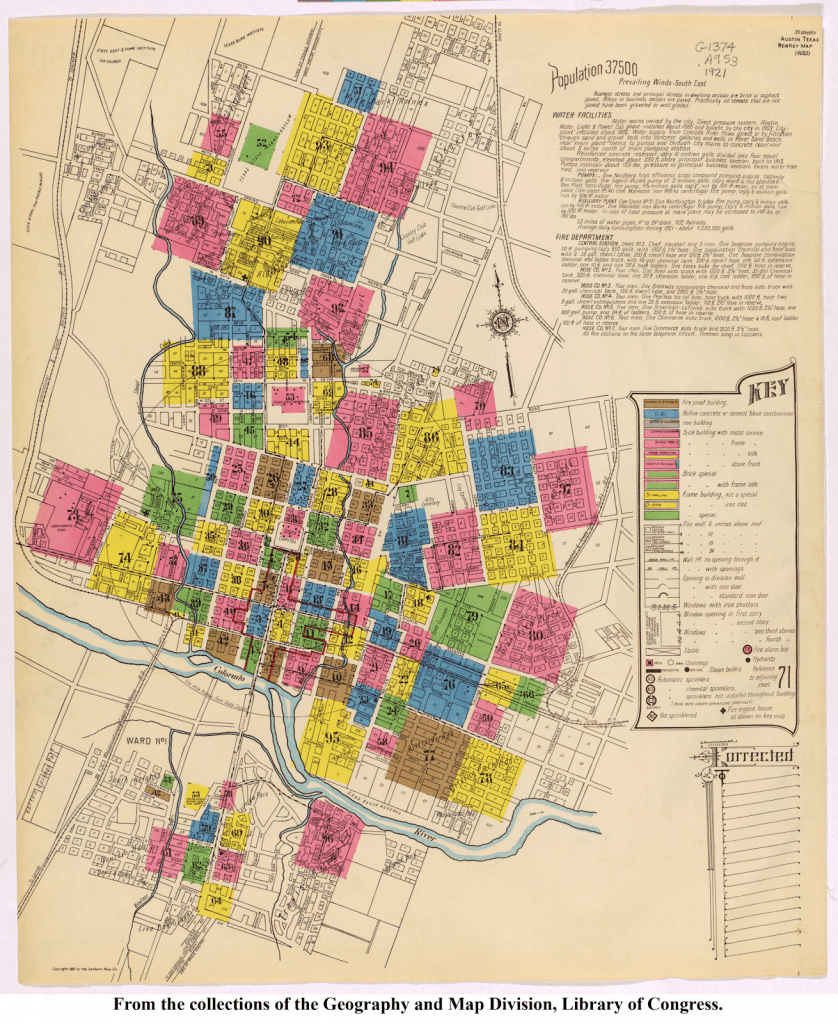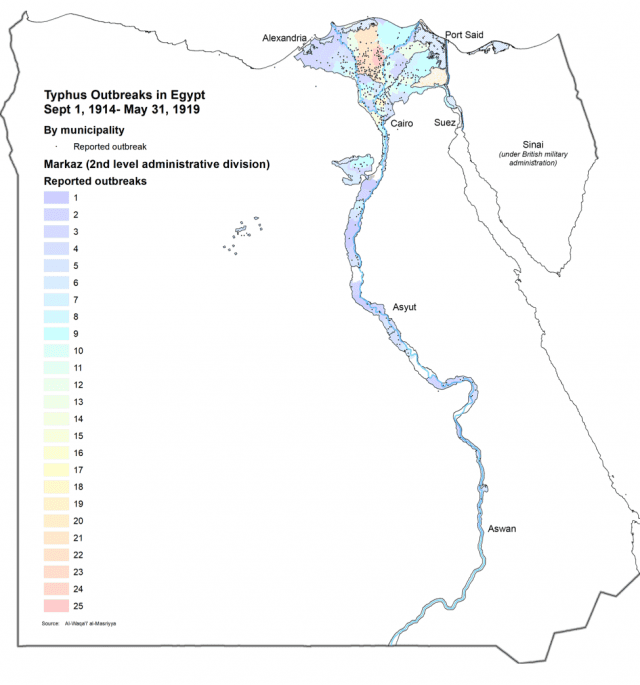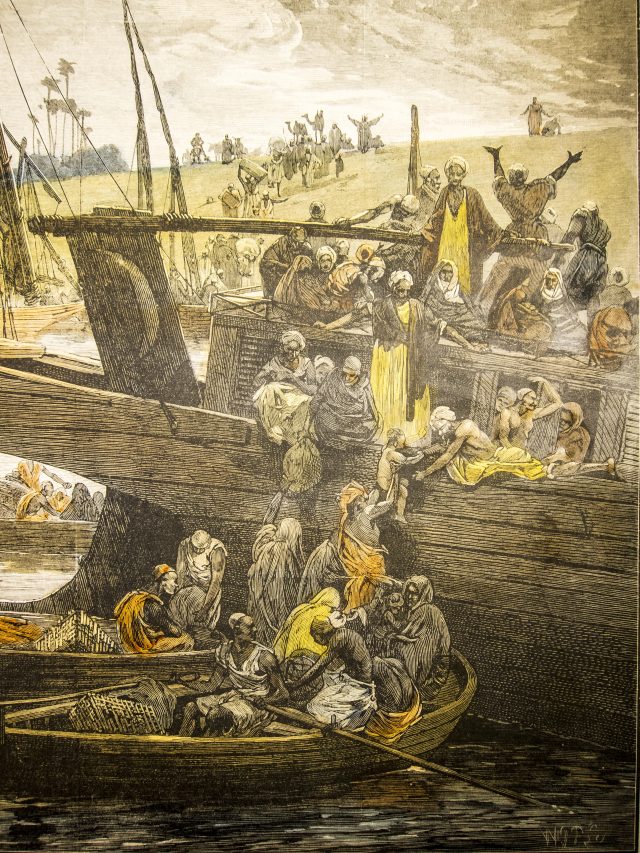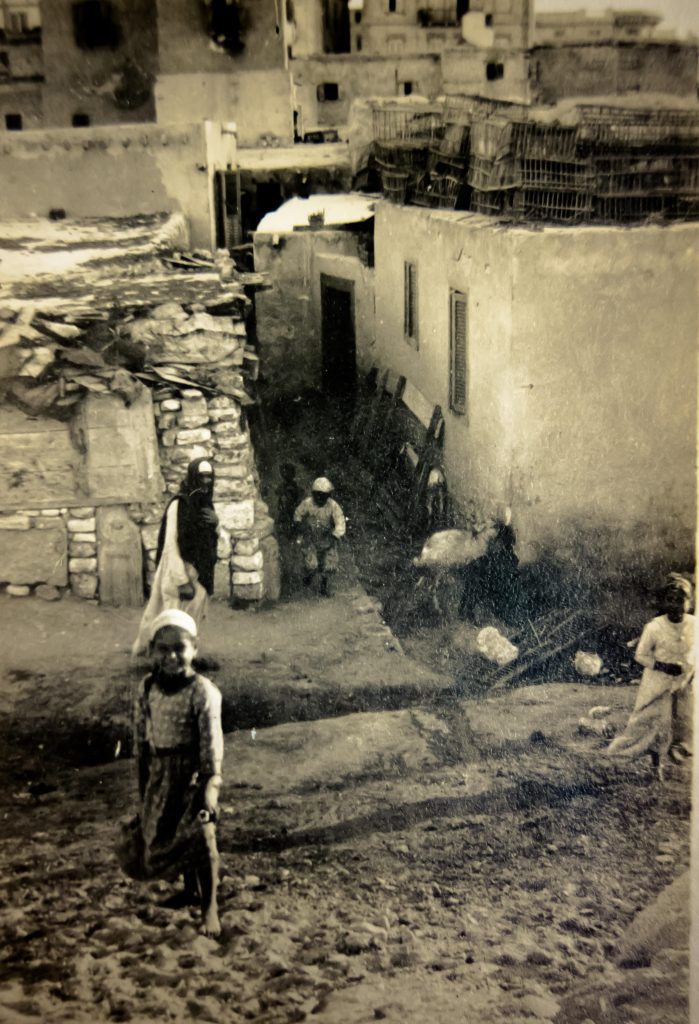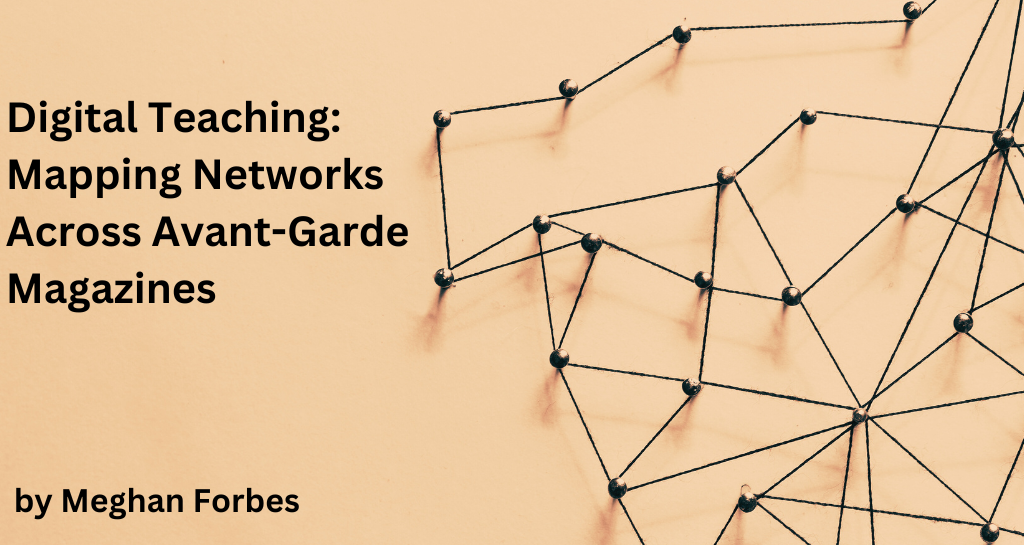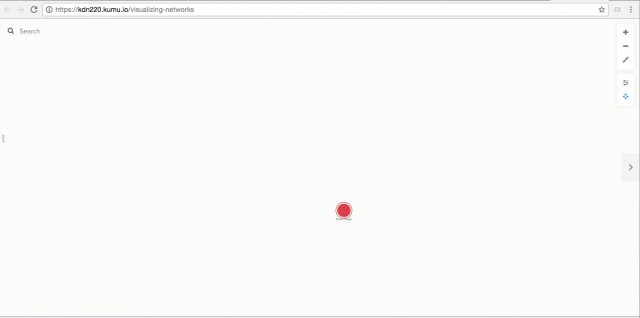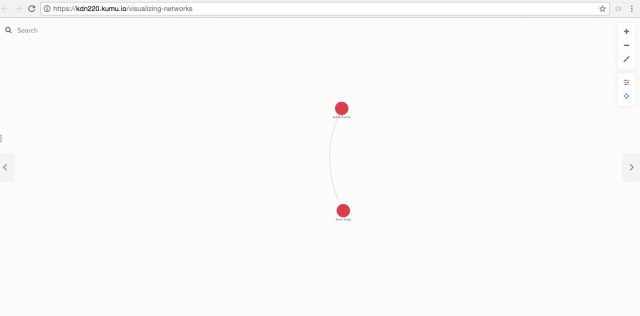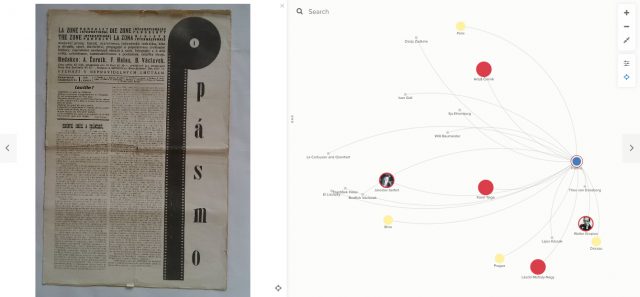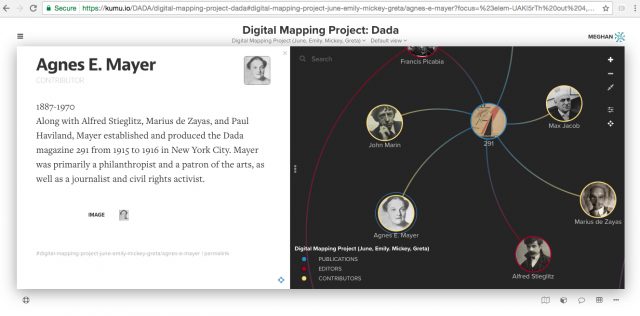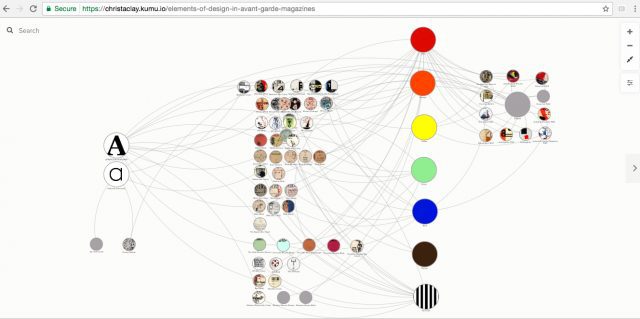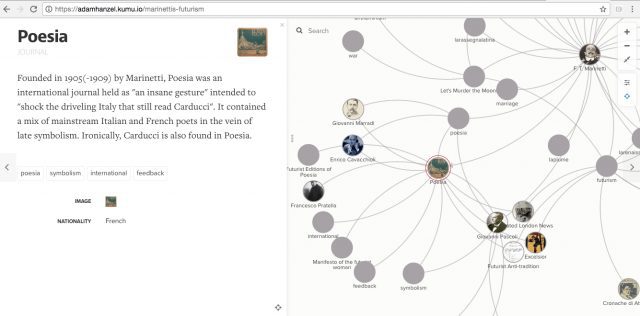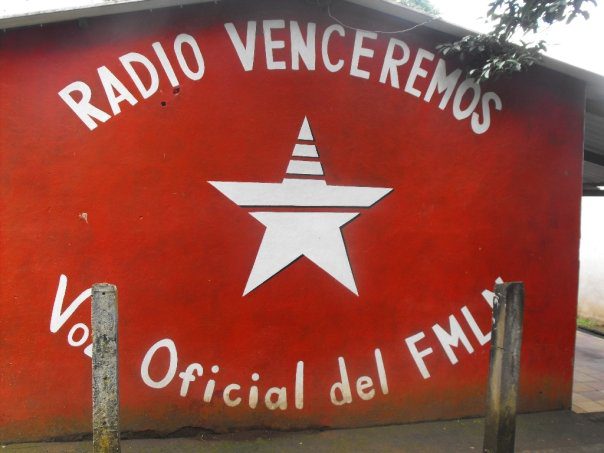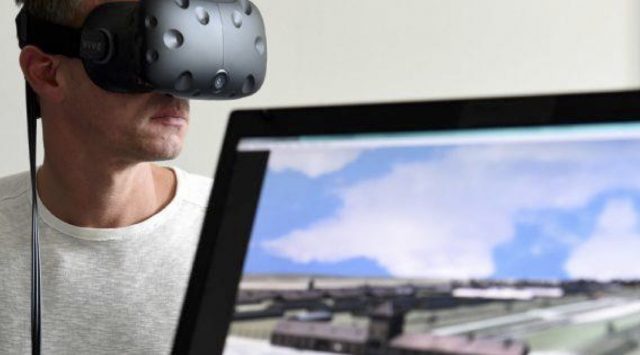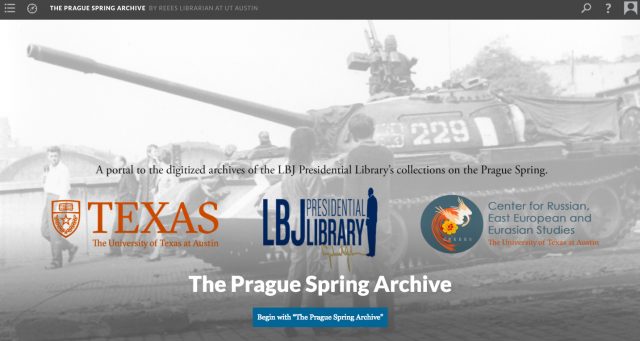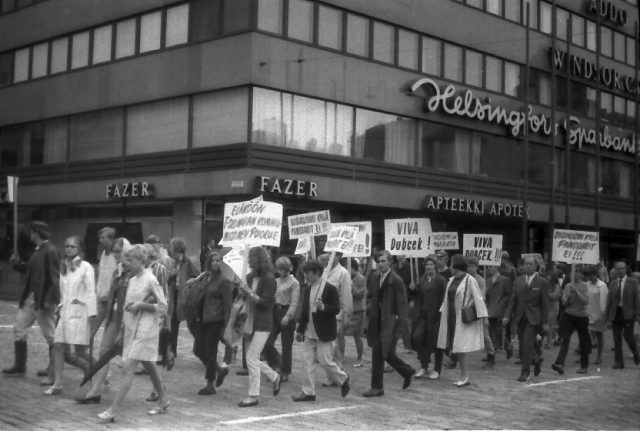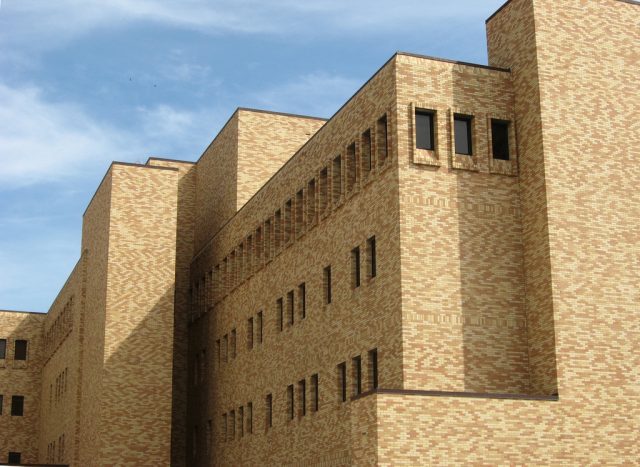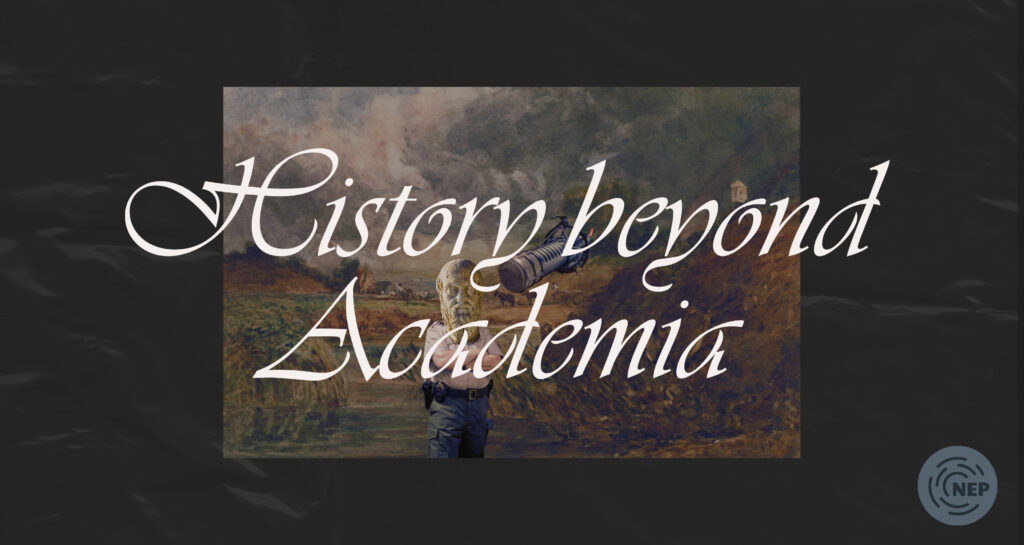
We are excited to announce the upcoming History Beyond Academia series, curated by Associate Editor Raquel Torua Padilla. This series explores how history reaches people outside universities, showing how it is transmitted, shared, and sustained through public projects, community initiatives, and oral traditions.
Contributors will reflect on a range of projects and practices that reveal the impact of engaging with history in non-academic settings. Taken together, these essays highlight the creative and varied ways history connects with communities and shapes collective memory.
History Beyond Academia presents history as a living practice that moves beyond classrooms and archives into neighborhoods, stories, and daily life. It invites readers to consider how history is shared, who carries it forward, and why it continues to matter.
Watch this space for new feature articles coming soon.
Raquel Torua Padilla is a doctoral student in the Department of History at the University of Texas at Austin. She holds a B.A. in History from the Universidad de Sonora and is currently a CONTEX Fellow. Her research focuses on the history of the Yaqui people in the 19th and 20th centuries.
